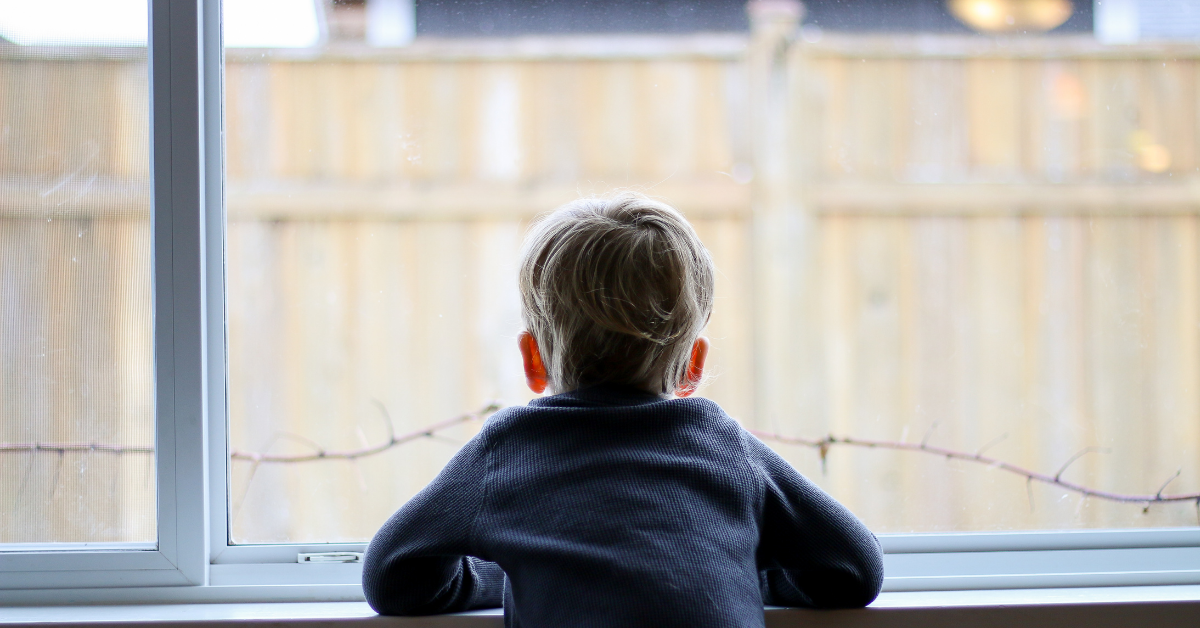Foster Care and Adoption Statistics – AFCARS 2025 Update
Earlier today, as a part of National Foster Care Month, the U.S. Administration for Children and Families (ACF) released its annual report on adoption and foster care statistics. This article provides a brief review of notable figures and key insights from the report.
The AFCARS report presents adoption and foster care data each fiscal year. The newest report covers data from fiscal year 2023 (October 1, 2022 - September 30, 2023). While this is the most current federal data available, it is important to note it reflects data from over a year ago. For the first time, ACF has released this data through an interactive dashboard, intended to offer a more transparent and user-friendly experience, as well as new data elements required by the final rule published in 2020. While this new data allows for more detailed analysis and greater specificity, it also presents challenges when comparing some data from previous years. ACF has also noted that this data is preliminary, as many states will continue to update their data and does not currently include data from the states of Washington and Wyoming.
In general, fiscal year 2023 reflects the continued downward trends seen since 2019 across several key areas, including the number of children entering foster care, exiting foster care, awaiting adoption, and being adopted. According to Ryan Hanlon, NCFA President and CEO,
-
"It is important to remember that an increase or decrease in the number of children entering foster care should not be our measure of success."
-
"Rather," Hanlon continues, "our goal should be to reduce child maltreatment rates, reduce time spent outside permanent family care, and reduce timeframes and numbers of children awaiting adoption."
This report shows that adoptions from foster care have continued to decline, reaching their lowest level since 2003. In FY 2023, 50,193 children were adopted from foster care—a decrease of over 5% from the previous year, and over a 24% decrease since 2019.
For the fifth year in a row, the number of children in foster care declined, with a total of 343,077 children in care. The number of children legally free for adoption and those with permanency plans of adoption have also decreased to their lowest points since 2019. The total number of exits from foster care was 184,095, constituting the fewest number of exits from foster care since AFCARS reporting began.
Children Adopted and Awaiting Adoption
In FY 2023, while 50,193 children were adopted from foster care, 36,411 children remained in foster care despite being both legally free for adoption and having a primary permanency plan of adoption.
Legal status and case plan goal must be considered when identifying children that are available for or awaiting adoption. In FY 23, only 75% of children that were legally free had a primary goal of adoption, with many having reunification, APPLA, or guardianship permanency goals. Additionally, children with a permanency plan of adoption may still be many steps away from finalizing an adoption, as many of these children are not yet legally free for adoption. In FY 2023, more than 52% of children with a primary permanency plan of adoption had not yet completed the termination of parental rights (TPR) process.
This new report included changes to data reporting, including replacing information on “children awaiting adoption” with two distinct groups: “children legally free” (i.e., children whose parental rights have been terminated) and “children with a permanency plan for adoption” (limited to those with a sole or primary permanency plan). The dashboard offers the total counts of children in each of these groups from fiscal years 2019 through 2023, however, additional detailed data was not offered for fiscal years prior to 2023. As a result, trends on the number of children who are both legally free and have a primary permanency goal of adoption cannot be offered.
Additionally, while the number of children adopted decreased significantly in 2023, when compared to the total number of children in foster care, the percentage of children adopted (15%) remained almost exactly the same as the prior year.
Profile of Children Awaiting Adoption
- There were 36,411 children awaiting adoption at the end of FY 2023. In this section, we are defining children awaiting adoption as those that are both legally free and have an adoption permanency plan.
- 2% were less than one year old, 39% were aged 1-5, 26% were aged 6-10, 29% were aged 11-16, 3% were aged 17, and 1% were aged 18-24.
- 43% were White, 22% were Hispanic, 21% were Black, 10% were two or more races, 2% were American Indian or Alaska Native, 1% were unknown, <1% were Asian, and <1% were Native Hawaiian or Pacific Islander.
Profile of Children Adopted from Foster Care
- There were 50,193 children adopted from foster care in FY 2023.
- 2% were less than one year old, 54% were aged 1-5, 25% were aged 6-10, 17% were aged 11-16, 2% were aged 17, and <1% were aged 18-24.
- 48% were White, 22% were Hispanic, 17% were Black, 9% were two or more races, 2% were American Indian or Alaska Native, 1% were unknown, <1% were Asian, and <1% were Native Hawaiian or Pacific Islander.
Exits from Foster Care
Of the 184,095 youth that exited foster care in FY 2023, less than half (44%) reunified with their families, while 27% were adopted and 10% exited into guardianship placements.
In FY 2023, 15,590 youth aged-out of foster care. Each year this number reminds us of the failures of our child welfare system to help achieve permanency for our youth. The impacts of aging out of foster care are worse than all other exit types, resulting in poor long-term well-being outcomes for youth and expensive ongoing costs to states.
Length of Time in Foster Care
This report showed that more than a third of children who exited foster care in FY 2023 spent more than two years in foster care—amounting to 67,746 children and youth. Of those, over 37,000 children spent three or more years in care.
These numbers offer a tragic reminder that our system is not meeting the goal of achieving permanency for children in foster care within reasonable timeframes. It is important to compare these reported exit timeframes to the 12-month permanency timeframe guidelines established by the Adoption and Safe Families Act (ASFA). Additionally, it is important to consider the impacts on children and youth who languish in care without achieving permanency and stability.
Conclusion
This report shows that over 77,000 children and teens are waiting for permanency with a loving, nurturing family to help them thrive during their most formative years. It also demonstrates that states are not following federally mandated timeframes to move children to a permanent family.
NCFA applauds all the caseworkers and families who together supported over 50,000 children in finding homes in FY 2023. If you are considering adoption from foster care, you can learn more about the process here.


